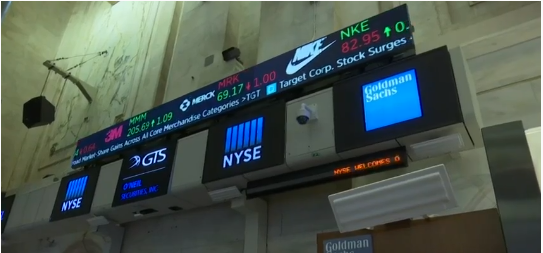What’s in Today’s Report:
- Why is Inflation So Low?
- An Interview That’s Worth a Listen
Futures are slightly higher as China confirmed new U.S./China trade talks.
That confirmation caused a 1%-2% a rally in Asia & emerging markets, but not in U.S. futures as it’s already priced in.
Economically, Japanese Machine Orders beat estimates (11% vs. (E) 5.5%), while German CPI met estimates.
Today the most important event is the Turkish Central Bank (TCB) decision, which will hit right about when you get the report (7 a.m. EST). This meeting matters because if the TCB doesn’t show it’s serious about stopping inflation by raising rates, then the Lira will decline further and the chances of a full on emerging market currency crisis will rise (and that’s not good for U.S. stocks).
Expectations for the TCB meeting are a rate hike between 2.50% and 3.25%. Anything below 2.5% will cause the Lira to drop sharply and undo some of the overnight emerging market rally. A rate hike within the range likely is an “ok” outcome that may or may not result in a mild Lira decline, but something in the range shouldn’t be a negative for U.S. stocks. Finally, a hike above 3.25% would be a positive surprise and emerging market ETFs would likely surge today.
Bottom line, U.S./China trade relations is more important than Turkey’s growing currency crisis, but Turkey can still cause a global pullback between now and year end, so we need to watch it. Going forward, the key level I’m watching in 7. If the Lira weakens past 7 vs. the dollar (currently 6.44) that’s a bad sign and likely a broad macro negative.
Away from emerging markets, today we get a BOE Meeting and an ECB Meeting but both should be relative non-events. The key economic report will be CPI (E: 0.3%) and that needs to stay firm, while we also get Jobless Claims (E: 210K) and two Fed speakers: Quarles (10:00 a.m. ET), Bostic (12:30 p.m. ET).
Read the full analysis here.
